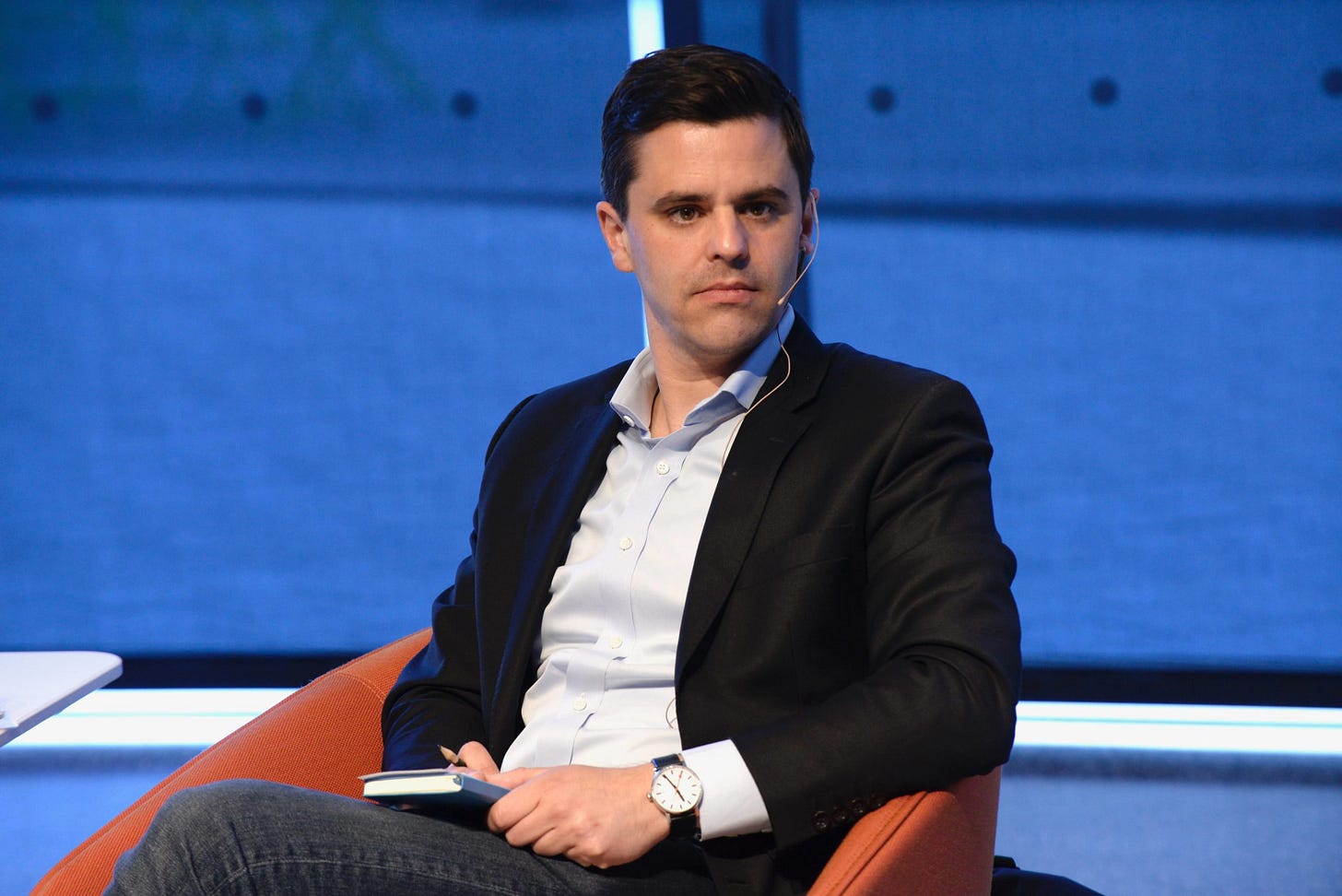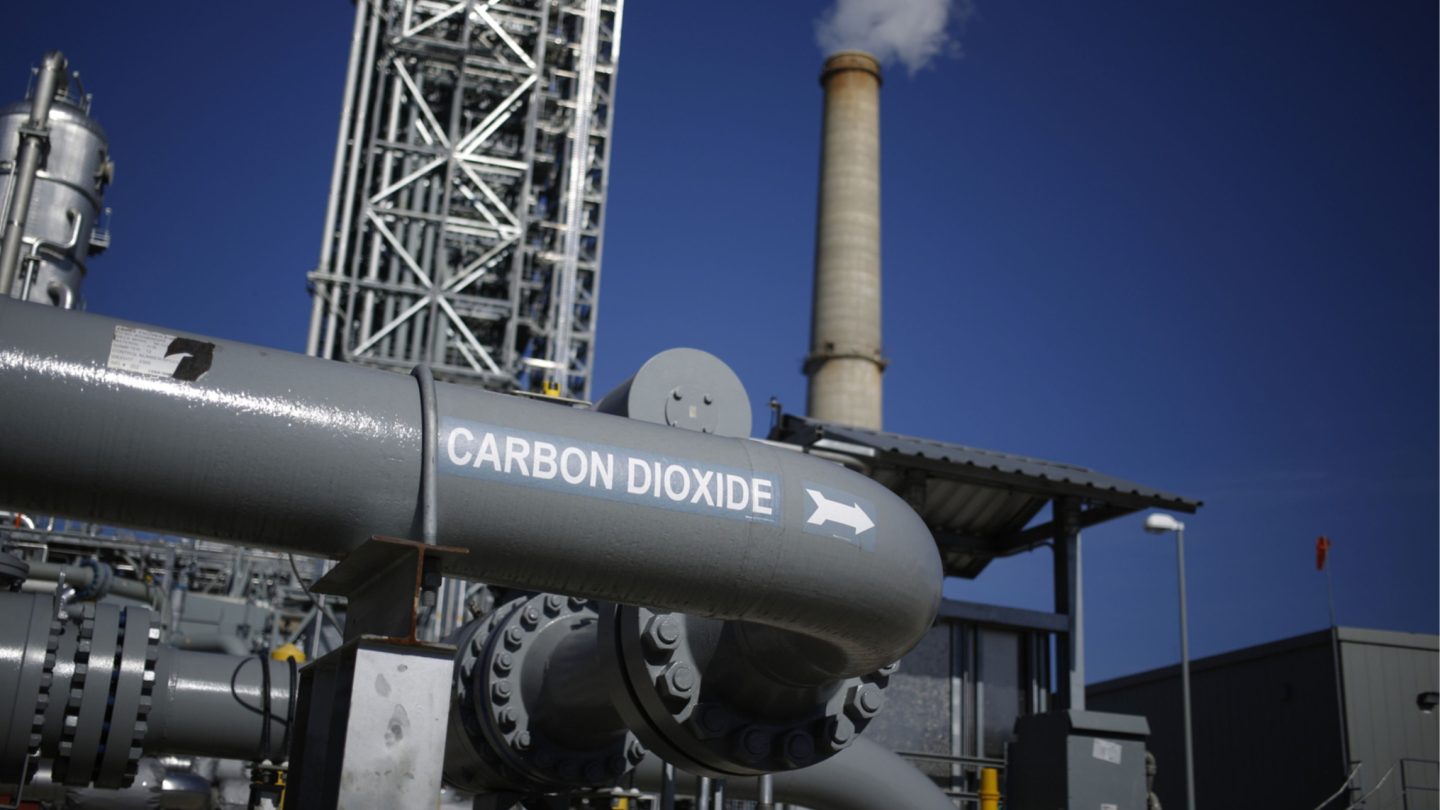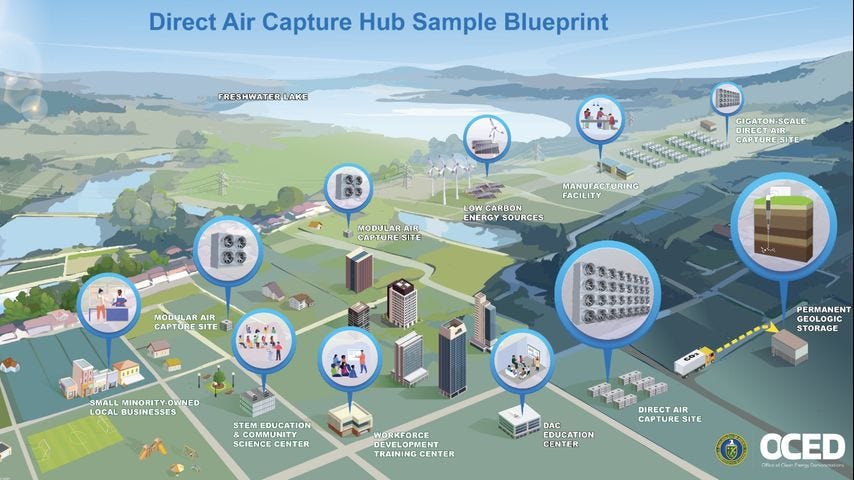
Washington, D.C. – The burgeoning carbon dioxide removal (CDR) industry is calling on the U.S. government to establish standards and regulations to enhance transparency and bolster confidence in a sector rapidly expanding with federal and private investments. This push for oversight comes as concerns grow about the accountability and environmental impact of emerging carbon capture technologies, according to a report released Wednesday by the Carbon Removal Alliance.
The report, backed by major industry players including Heirloom and Climeworks, urges federal guidelines for monitoring, reporting, and verification—critical components the Alliance calls “climate receipts” that confirm the quantity and duration of carbon removed from the atmosphere.
Giana Amador, the Alliance’s executive director, stressed the importance of self-regulation, noting, “It’s rare for an industry to request its own regulation, but that shows how important credibility is in this field.” She warned that without federal oversight, CDR companies might prioritize marketing over meaningful climate impact.
Billions Poured into Carbon Capture as Questions Loom
The industry defines carbon removal as any technology that extracts carbon dioxide from the air for permanent storage. A key method, direct air capture, filters CO₂ from the atmosphere and stores it underground. Under recent legislation, including the Inflation Reduction Act and Bipartisan Infrastructure Law, approximately $12 billion in U.S. funding has been allocated to carbon management. This includes four planned Regional Direct Air Capture Hubs designed to capture a collective 1 million tons of CO₂ annually, with projects underway in Texas and Louisiana.
Moral Hazard or Climate Solution? Experts Divided on Carbon Capture’s Role
However, some climate scientists voice skepticism over direct air capture, cautioning that it could create a “moral hazard” by allowing polluters, particularly in the oil and gas industries, to justify continued emissions. Gernot Wagner, a climate economist at Columbia Business School, commented, “While direct air capture can decrease emissions, it may also extend the life of fossil fuel plants.”
Occidental Petroleum Corporation recently signaled its confidence in direct air capture by acquiring Carbon Engineering Ltd for $1.1 billion. Occidental CEO Vicki Hollub highlighted the partnership’s aim to deploy direct air capture at a global scale as a viable emission solution for hard-to-abate industries.

Critics Call for Scrutiny and Caution on Government Spending
Not all experts are convinced that carbon removal technologies are a prudent use of public funds. Jonathan Foley, executive director of Project Drawdown, labeled the field a “Wild West” and expressed concerns about the high cost of removing carbon versus preventing emissions. “How is it conscionable to spend public dollars on something that costs ten to 100 times more than preventative measures?” he questioned.
Foley and others support federal monitoring to ensure that carbon removal technologies are indeed beneficial. Katharine Hayhoe, chief scientist at The Nature Conservancy, agrees that federal standards are crucial given the vast public and private subsidies involved. She advocates for diverse climate solutions, from energy efficiency and clean energy transitions to preserving ecosystems, while noting that direct air capture represents a “high-hanging fruit” requiring substantial energy and investment.
The Case Against Carbon Capture
Others argue that carbon removal technologies may actually contribute to carbon emissions in a broader sense. Stanford professor Mark Z. Jacobson advocates for a ban on these technologies, noting that even when direct air capture facilities are powered by renewable energy, that energy could instead replace fossil fuels. “If you look only at the capture equipment, there’s a reduction,” Jacobson explained. “But in the bigger picture, it’s an increase.”
As the U.S. CDR industry seeks federal regulation, the push reflects growing momentum in the climate solutions space but also highlights complex debates around cost, efficacy, and environmental ethics. As the industry awaits a federal response, experts emphasize the need for oversight to ensure investments in CDR technologies contribute effectively to global climate goals.




























